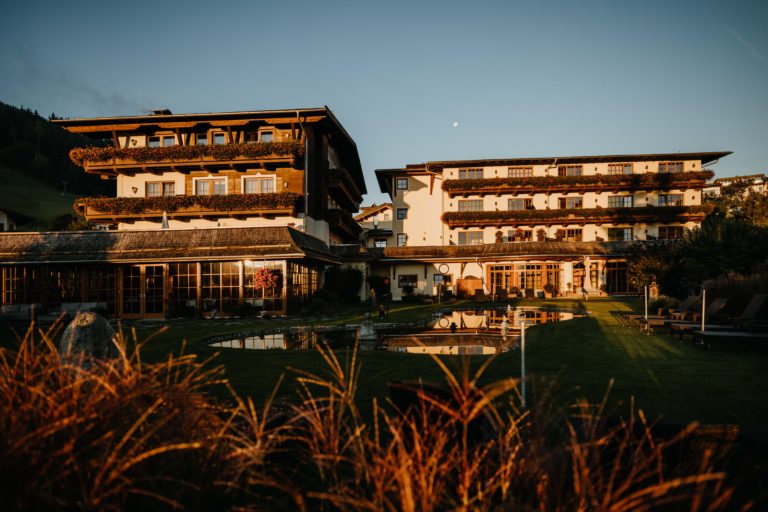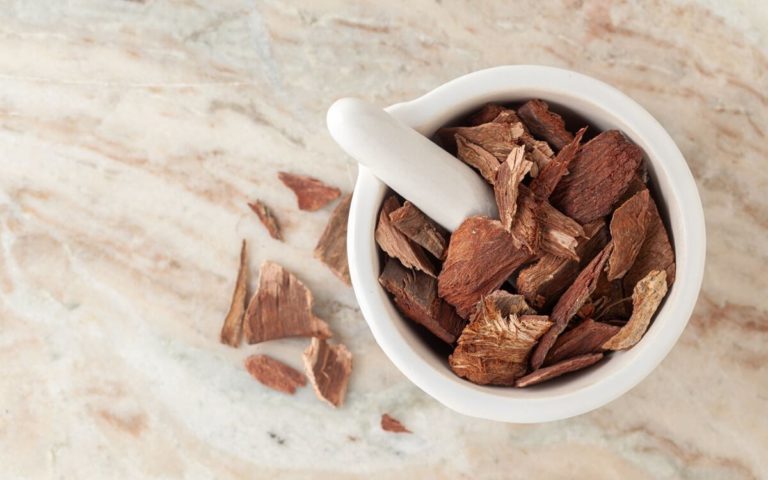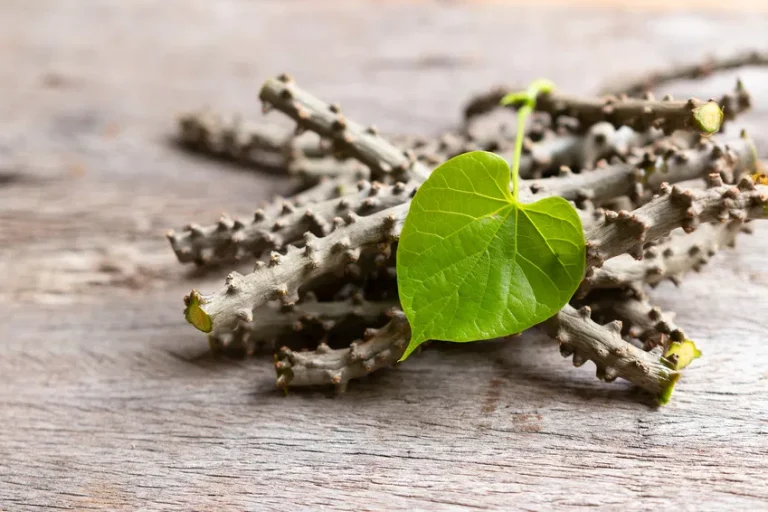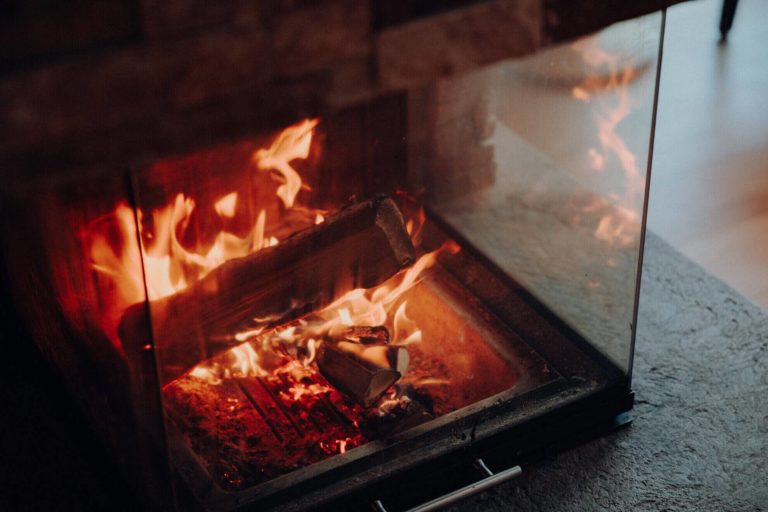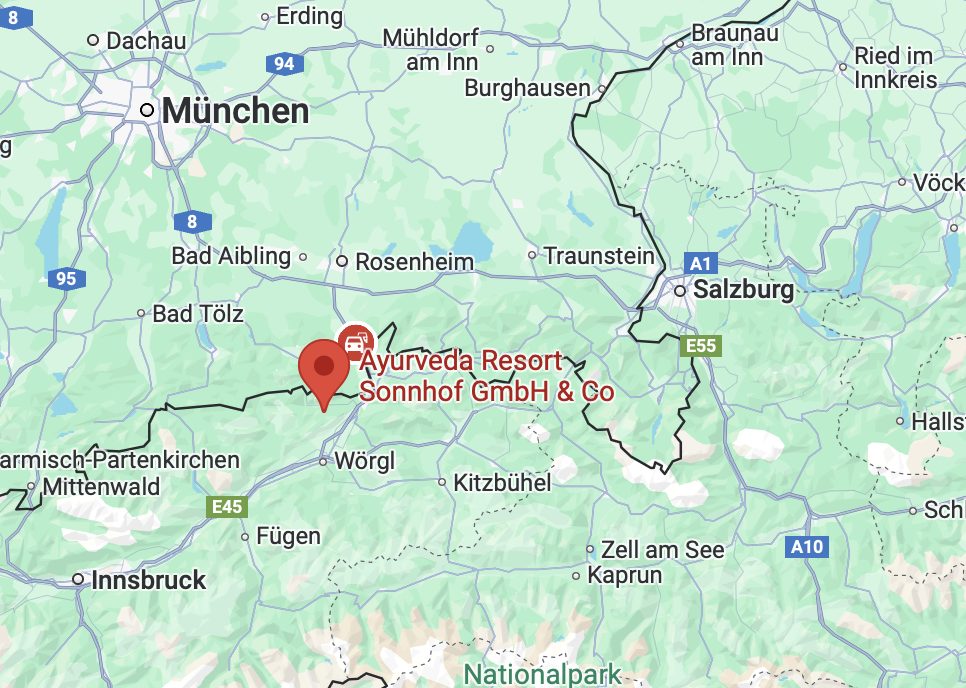There are fasting periods in almost every naturopathic teaching. This involves deliberately abstaining from certain foods and stimulants for a limited period of time. With Ayurvedic fasting, the body is naturally freed from waste products, detoxified and cleansed. This gives it new vitality and lightness.
What is fasting for?
Fasting has been an integral part of the human way of life for thousands of years. It involves consciously abstaining from certain foods for a certain period of time.
This gives your body the chance to purify, detoxify and cleanse. Incidentally, spring and fall are traditional seasons for Ayurvedic fasting.
The aim is to initiate the self-healing process and strengthen the body's own defense system. It is important to note that fasting is not about starvation, but about the recovery of the body. By fasting correctly, you will achieve better performance without feeling hungry.
Ayurvedic forms of fasting at a glance
In Ayurveda , the term Kshut Nigraha is used when talking about fasting, which roughly means "controlling hunger". Langhana is also used in this context to describe the different methods of weight loss in general through an Ayurvedic diet.
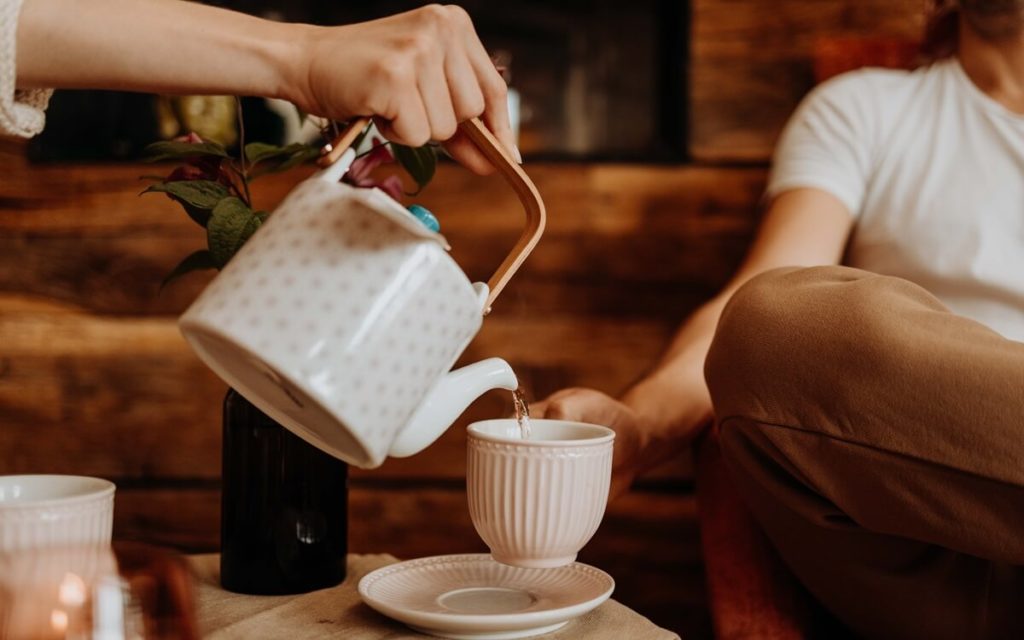

Depending on your dosha type, there are various Ayurvedic fasting and cleansing techniques as well as detox cures that are individually adapted to you.
Water fasting, dry fasting and mono-diet
On the one hand, there are actual fasting cures in Ayurveda, but these are only recommended for a short period of time. Water fasting involves total fasting for a short period of time, i.e. completely abstaining from solid food and caloric drinks. Dry fasting is a somewhat more moderate variant, whereby no food or liquids are consumed during the day .
Another variant of this is the mono-diet, where only easily digestible foods (e.g. rice with yoghurt, kitchari or vegetable soup) are eaten over a certain period of time. This can also be done as a juice fast, where only juices are consumed for a few days.
All these fasting cures should not last longer than five days and should be tailored to your dosha type!
Panchakarma
However, a Panchakarma cure, which focuses not only on abstaining from certain foods but also on removing harmful substances from your body, is more suitable. The Panchakarma cure is the best-known cleansing cure in Ayurveda and can be translated as "five actions".


Cleaning and regeneration can be carried out in five different ways:
- Via the bowel with laxatives (Virechana)
- Via the bowel with enemas (Vasti)
- Via the mouth through vomiting (Vamana)
- Through the nose with medicated oils (Nasya)
- About the blood through bloodletting (Raktamokshana)
Before an Ayurvedic fasting cure, your body is systematically prepared for the elimination of foreign substances. This is supported by massages and steam baths to open the pores and tissue.
An expert will decide which treatment is right for you based on your constitutional type and your physical and mental condition.
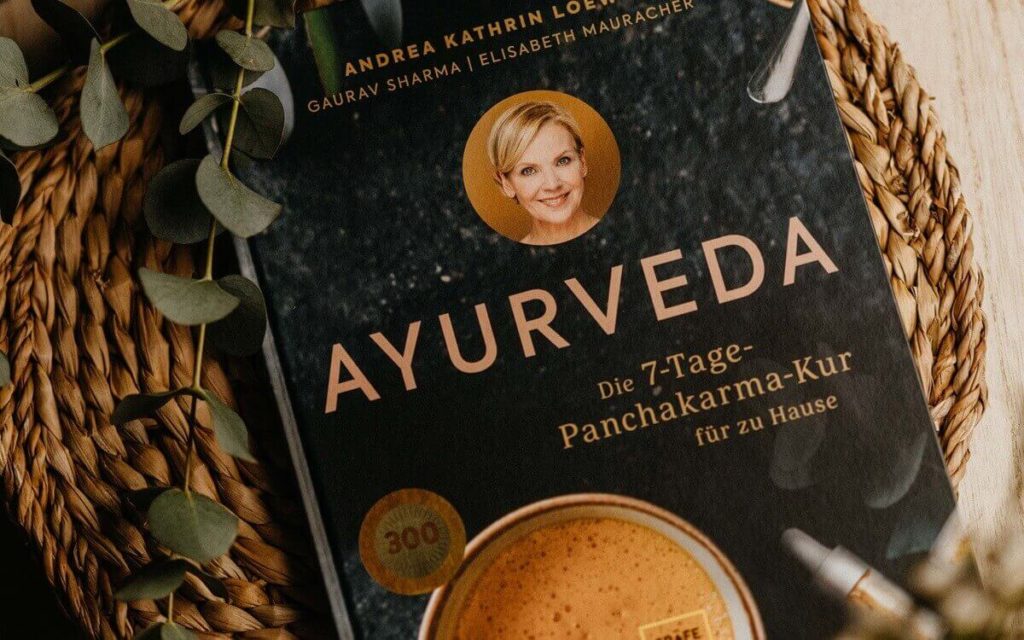

However, you can also easily carry out a Panchakarma treatment at home. You can find instructions in our book "Ayurveda - The 7-day Panchakarma cure for at home".
What is Ayurvedic therapeutic fasting?
Ayurvedic therapeutic fasting is a type-appropriate partial fast based on a digestible and vegan diet. It is an effective alternative when complete abstinence from food is not possible. It is primarily about knowledge of the ingredients and spices that are used as therapeutic agents in Ayurveda.
Ayurveda does not recommend completely abstaining from solid food. This can permanently weaken the digestive fire Agni , resulting in digestive disorders. Ayurvedic therapeutic fasting is therefore not a diet, but a valuable relief.
Freeing your body of waste products enables the stabilization of Agni, which represents the digestive juices. Fasting in Ayurveda not only frees your body, but also your mind. You can support the cleansing phase with light yoga, meditation, walks and soothing massages.
Before the right treatment is found for you, a clarifying anamnesis consultation takes place with an Ayurveda expert. Your doshas will be determined and any unanswered questions and wishes clarified. You will then receive Ayurvedic fasting instructions that you can use to carry out the cleansing cure.
Instructions for an Ayurvedic fasting day
Ayurvedic cleansing is primarily about balancing your doshas, optimizing agni and strengthening your psyche. The cures differ depending on your individual needs.
Above all, however, it depends on the following three requirements :
- Choose a day with plenty of time for rest and relaxation as well as exercise in the fresh air.
- Drink boiled water and rice broth as cleansing drinks throughout the day (see recipe below).
- Eat easily digestible meals in moderate portions.
It is best not to work during an Ayurvedic fasting cure in order to avoid stress. Your body can only purify and regenerate well in complete relaxation. Integrate self-massage, yoga and meditation into your daily routine to make the most of the revitalizing renewal.
Rules during an Ayurveda fasting cure
The following rules of thumb apply to all cleansing cures and all types of fasting:
- No stress during fasting: The prerequisite for all metabolic and cleansing processes is a relaxed nervous system. Make sure you take sufficient rest and relaxation phases during the fasting period.
- Stay in rhythm: The more regularly you eat, the better your body can gain inner strength and stability.
- Drink hot water: Drinking hot water cleanses the circulation channels (srotas) and stimulates healthy elimination. Boiled water improves conductivity and also promotes cleansing from within.
Recipes for an Ayurvedic fasting cure at home
You can prepare many of the Ayurveda fasting cure dishes yourself. This is very easy with our Ayurveda cookbook. The focus is always on an individual and holistic approach. Natural detoxification at home balances your doshas and strengthens your mental health.
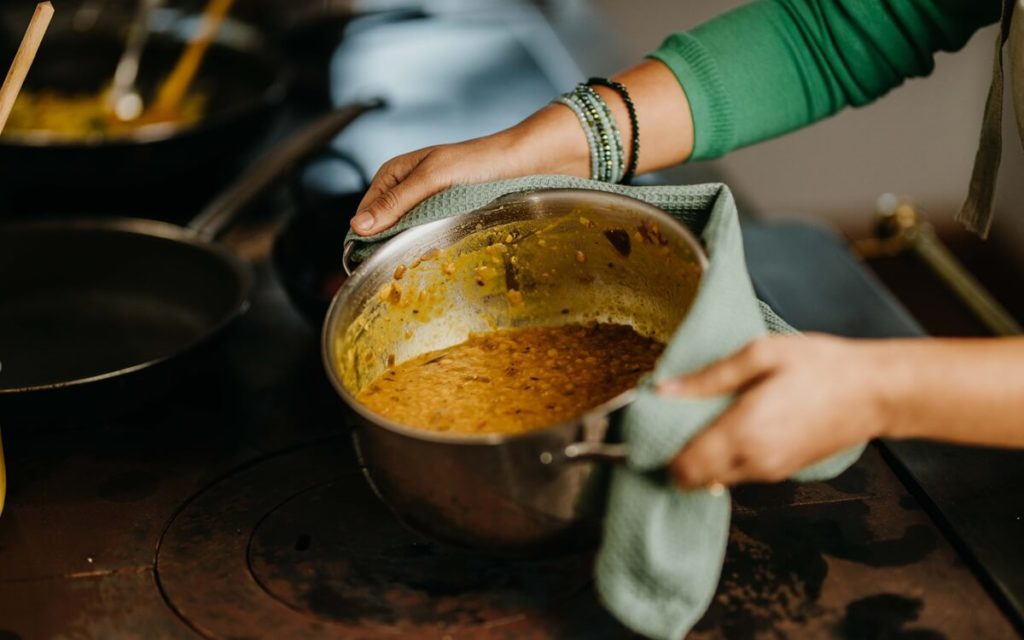

Here you will find three recipes for Ayurvedic fasting at home for inspiration:
Rice broth
| Ingredients | Preparation |
| - 40g basmati rice - 560 ml water 1 pinch of salt |
- Toast 2 tablespoons (40 g) of basmati rice for 1-2 minutes in a pan and then add 560 ml of hot water - Simmer the rice for 15 minutes until soft, add 1 pinch of rock salt and sieve the rice water - Pour into a thermos flask and drink as a "snack" in the morning and afternoon |
Kitchari with red rice
| Ingredients | Preparation |
| - 200 g mung beans - 100 g red rice - 2 tsp ghee or sesame oil - 700 ml water - ½ tsp each ginger and black pepper, cumin, turmeric and coriander - ½ tsp rock salt - Fresh coriander |
- Soak the mung beans and rice overnight and rinse in a sieve until the water runs clear. - Bring the water to the boil, add the mung beans and rice. Reduce the temperature and simmer, covered. - Stir occasionally. If the stew is too thick, add more water if necessary. - After half an hour, heat the ghee or oil in a pan, fry the spices for 5 minutes and then add to the rice. - Remove the pan from the heat, cover and leave to soak for 10 minutes. Serve with fresh coriander to taste. |
Lord Bhudda Kheer
| Ingredients | Preparation |
| - 1 cup basmati rice (or jasmine rice) - 5 cups whole milk - 1 cup cashews (roasted) - 1 teaspoon cardamom - 20 drops rose water - saffron threads (dissolved in a little water) |
- Wash the rice and leave to stand covered with water for about 30 minutes. - Drain the water, add the milk and simmer for 20 minutes. - Mix with sugar, add the cashews, rose water and spices and enjoy. |
Mungdal fasting soup with vegetables
| Ingredients | Preparation |
| - 100 g mung dal - 1 tsp ghee - 1 tbsp finely chopped ginger - ¼ tsp ground cumin - ½ tsp ground coriander - ¼ tsp ground turmeric - ¼ tsp asafoetida - ½ tsp sweet paprika - 1.250 ml water - 2 bay leaves - 100 g root parsley - 100 g carrots - 1 tbsp ghee - 1 tbsp fresh savory, finely chopped (or 1 tsp dry savory) - rock salt to taste - 1 tbsp lemon juice - 2 tbsp flat-leaf parsley, finely chopped |
- First roast the dal in a pan while stirring until it begins to smell slightly fragrant. Then rinse in a sieve under running water. - Melt the ghee in a pan, add the ginger and fry gently over a medium heat for a few seconds. Then remove the pan from the heat and sprinkle all the spices over the ginger. - Add the water, dal and bay leaves. Cover the dal and cook over a low heat for 20 minutes. - In the meantime, peel the root parsley and carrots and cut into small cubes. - Melt some more ghee in a pan. Add the root parsley and carrots and fry everything over a low heat for a few minutes, stirring constantly. Then remove the pan from the heat. - Add the sautéed vegetables and savory to the mung dal soup, season with salt and simmer gently for another 10 minutes. - Refine with lemon juice. Serve with parsley greens and enjoy warm. |


Read more: Ayurveda detox
In our hectic and fast-paced world, there is often no time for healthy and wholesome food. A healthy diet is often neglected. With an Ayurveda detox cure, your body is detoxified, your soul can breathe a sigh of relief and your mind can focus on the essentials again.

